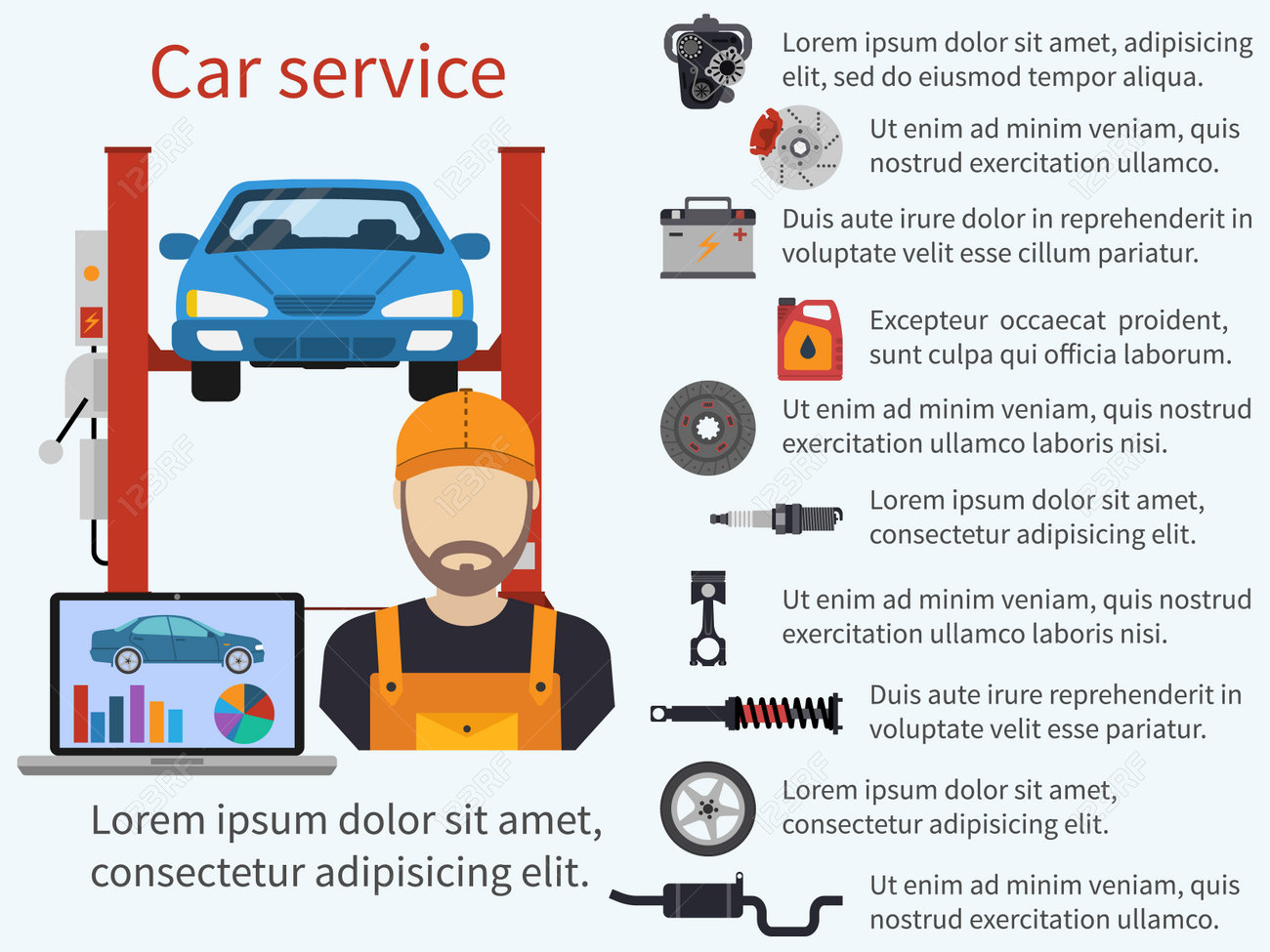Translating Your Lorry'S Caution Indicators: What They Really Indicate
Translating Your Lorry'S Caution Indicators: What They Really Indicate
Blog Article
Content By-Hartley Winters
When you're behind the wheel, those glowing warning lights on your dashboard can be a little bit perplexing. Do you know what they're trying to inform you concerning your automobile's health and wellness? Comprehending the relevance of these lights is essential for your safety and the durability of your car. So, the next time one of those lights turns up, wouldn't you want to analyze its message properly and take the necessary actions to resolve it?
Common Caution Lights and Interpretations
Determine usual warning lights in your cars and truck and understand their significances to guarantee risk-free driving.
One of the most common caution lights include the check engine light, which signifies concerns with the engine or discharges system. If https://airliftperformance95050.ambien-blog.com/36528110/intend-to-find-the-most-trustworthy-vehicle-repair-shop-in-your-region-review-the-leading-10-ideas-that-will-certainly-support-you-in-making-an-audio-choice comes on, it's essential to have your vehicle inspected promptly.
The oil pressure warning light suggests low oil stress, requiring prompt focus to prevent engine damage.
A flashing battery light may suggest a defective billing system, potentially leaving you stranded if not addressed.
The tire pressure surveillance system (TPMS) light alerts you to reduced tire stress, influencing automobile security and gas efficiency. Neglecting this can bring about unsafe driving conditions.
The ABS light indicates a problem with the anti-lock stopping system, jeopardizing your capability to stop swiftly in emergency situations.
Finally, the coolant temperature level advising light warns of engine overheating, which can result in serious damages if not dealt with promptly.
Understanding these typical caution lights will assist you resolve issues immediately and maintain safe driving problems.
Relevance of Prompt Attention
Understanding the usual warning lights in your car is just the initial step; the relevance of immediately attending to these warnings can not be emphasized sufficient to ensure your security when traveling.
When a caution light illuminates on your control panel, it's your automobile's method of connecting a prospective problem that requires attention. Ignoring these warnings can bring about more severe problems later on, jeopardizing your safety and security and possibly costing you more out of commission.
Motivate attention to warning lights can avoid breakdowns and mishaps. As an example, a blinking check engine light could show a misfire that, if left unattended, could cause damage to the catalytic converter. Resolving this promptly can conserve you from an expensive fixing.
In a similar way, a brake system cautioning light could signal reduced brake fluid or worn brake pads, important elements for your safety and security when driving.
DIY Troubleshooting Tips
If you observe a warning light on your control panel, there are a couple of DIY repairing suggestions you can attempt prior to looking for specialist assistance.
The primary step is to consult your auto's guidebook to comprehend what the specific caution light indicates. In some cases the problem can be as easy as a loosened gas cap setting off the check engine light. Tightening the gas cap might resolve the issue.
https://www.businesswire.com/news/home/20220224005647/en/Global-Automotive-Repair-and-Maintenance-Services-Market-to-2026---Featuring-Ashland-Automotive-copyright-International-and-Bridgestone-Among-Others---ResearchAndMarkets.com is a low battery, which can set off various warning lights. Inspecting the battery connections for deterioration and guaranteeing they're safe and secure might repair the problem.
If a warning light continues, you can try resetting it by detaching the auto's battery for a couple of minutes and after that reconnecting it. In addition, checking your automobile's liquid levels, such as oil, coolant, and brake liquid, can assist repair warning lights connected to these systems.
Conclusion
In conclusion, comprehending your vehicle's caution lights is essential for keeping your automobile running efficiently and securely. By without delay addressing these signals and understanding what they suggest, you can stay clear of expensive fixings and possible malfunctions.
Keep in mind to consult your vehicle's handbook for particular details on each warning light and take action as necessary to make certain a hassle-free driving experience.
Keep notified, stay safe when driving!
